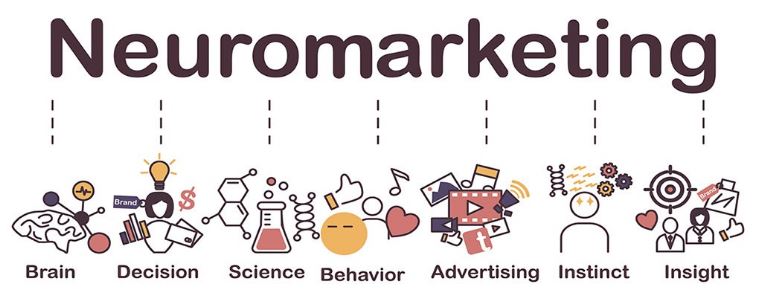The Effects of Human Instinct and Ideals on Consumer Behaviour (2018)
Human Instinct and Neuromarketing Dissertation – This dissertation investigates the desire to be better than others and how such actions influence consumer buying behaviour. This premise is based on the archaeological theory that human history stretches back 100,000s of years ago, and that humans are genetically identical to humans from such eons. Consequently, the dissertation questions the fact that if humans have existed for 100,000s of years, and modern Western consumerism is arguably around 100 years’ old, perhaps some inherent leftover, primitive, primal or caveman human behaviours are responsible for consumer behaviour as a whole.
A review of current literature regarding this premise was made, which includes theories from Lord Winston, Bernays, Frued and many others which support the notion that instinctive, chemical and somewhat primal impulses do influence consumers’ desires and therefore what they buy. The concept of ideals is mentioned in the literature review to discuss social pressures related to the agreement of what kinds of people Western society looks up to (idealises), why this is so, and how this influences consumer behaviour.
The ideals concept is concluded to say that ideals are all linked to the desire for social status, manifested by the two instincts of replication and competitiveness – behaviours traced back to the Neolithic era of humanity. Primary research was made in the form of interviewing 16 participants to assess their buying influences. The most popular/important influence was the features of the product, followed by all participants admitting their buying choices involve the replication and competitiveness traits.
A methodology is included to explain the research process, followed by an in-depth discussion and conclusion. The dissertation concludes that the majority of people desire high social-status, and buy products to gain it – but all do so in their own individual ways as a means of expressing who they are and being special and unique. Marketing tactics can therefore be utilised with this knowledge, and areas of practice involves using the theory for pushing socially and environmentally responsible products and motivating humanitarian efforts. The conclusion also uses the primary research to claim that the more a person becomes aware of marketing tactics, the less they seem affected by them. This suggests a tricky future for marketers, and gives reason to recent advancements in Neuromarketing discussed in the literature review.
- 12,000 words – 42 pages in length
- Excellent use of literature
- Excellent analysis of subject area
- Well written throughout
- Ideal for international marketing students
1 – Introduction
Background
Importance of Study
Research Area
Limitations and Organisation of the Study
2 – Literature Review
Discussing the effects of Instincts and Ideals on Consumer Behaviour
Framework for Review
Reviewing Instincts Role in Influencing in Buying Behaviour
Fashion Consumption as an Expression of Inherent Desires
Reviewing the Effects of Ideals and Celebrity Endorsement
Reviewing the Link Between Status Consumption and Human Instinct
Reviewing Human Instinctive Desire to Possess Goods
The Rise of Neuromarketing
Neuromarketing Discoveries on the Origins of Human Desire to Possess Goods
Reviewing the Factors Which Limit the Expression of Human Instinct
Conclusive Summary and Findings
3 – Methodology
Research Purpose
Research Approach
Research Strategy
Time Horizons and Research Method
Personal Variables
Research Conduct
Data Handling
Data Quality
Ethical Considerations
Summary of Interpretation
4 – Results
Product Ratings
Key of Code Meanings
Deductive Code Frequencies in Order of Popularity
Inductive Code Frequencies in Order of Popularity
Key Findings
Competitive and Less Competitive Findings
Male and Female Findings
5 – Results Summary and Discussion
Interpretation of Findings
6 – Conclusion
Relevance of Findings to the Literature Review
Implications for Practice and Potential Future Uses
Revisiting the limitations
References
Appendix

